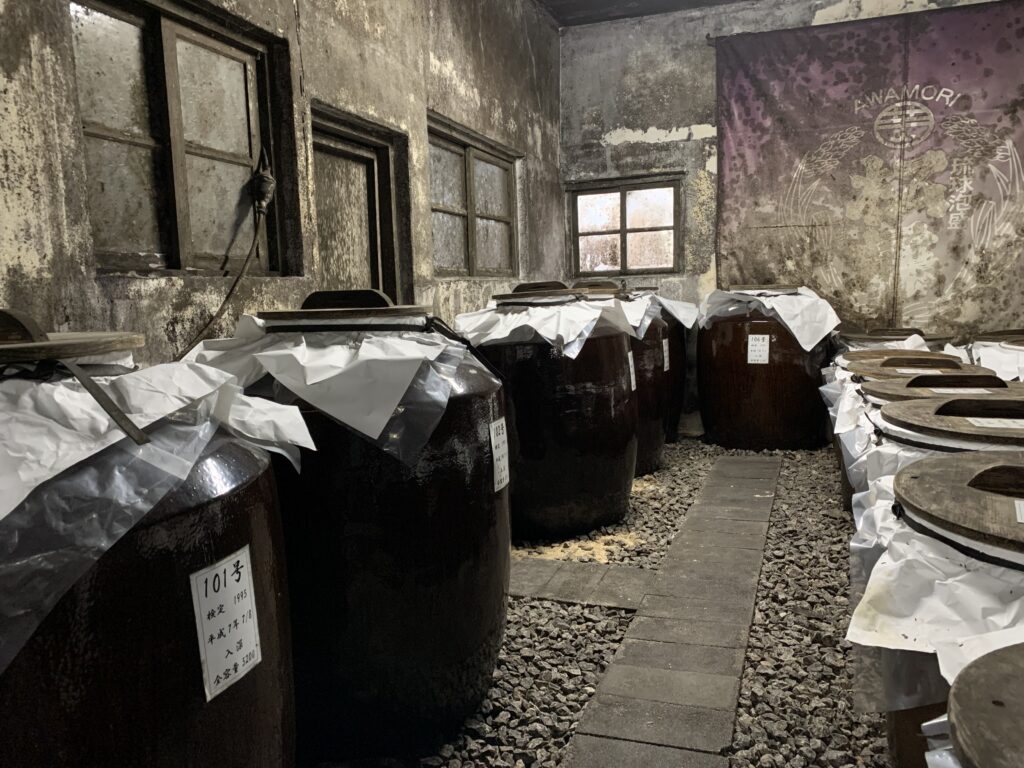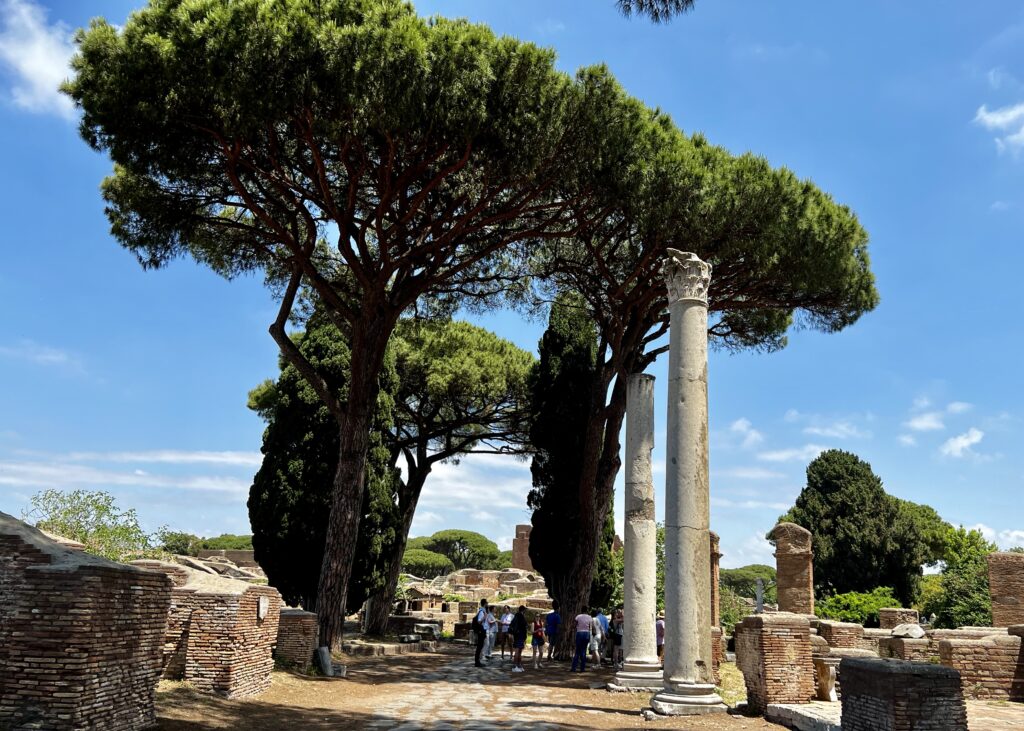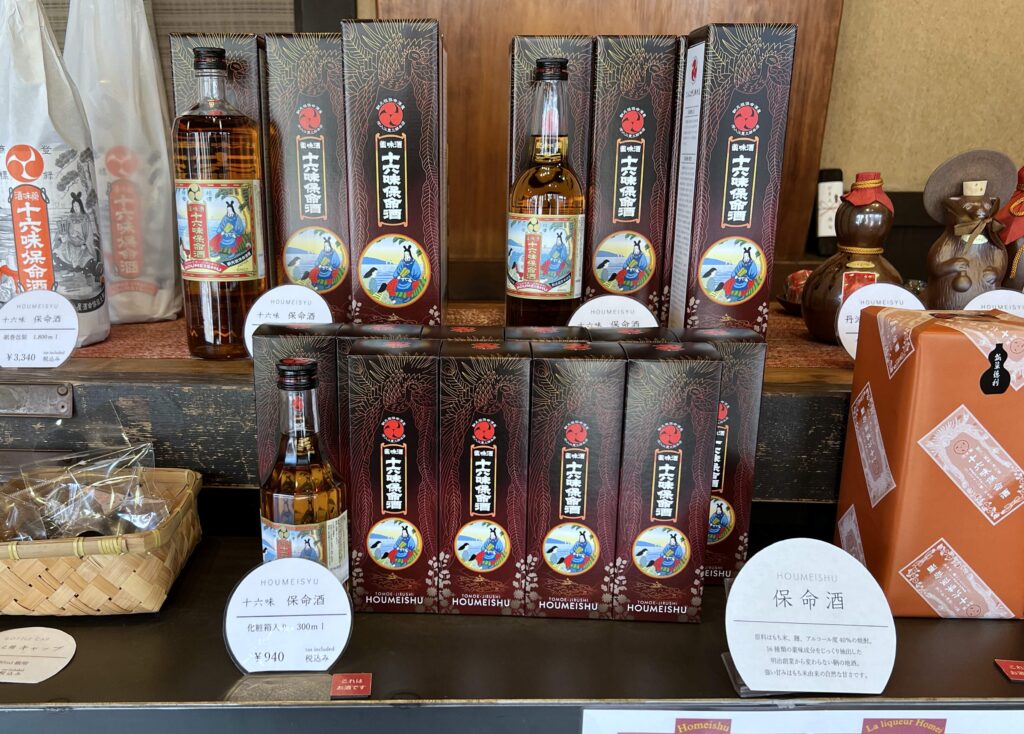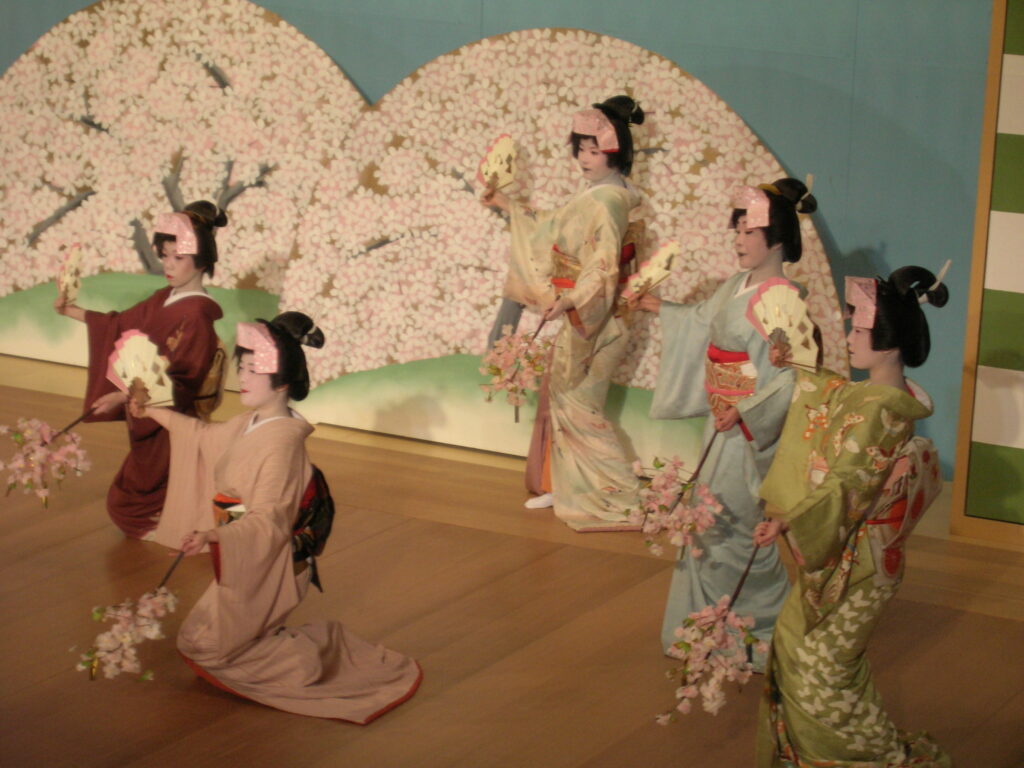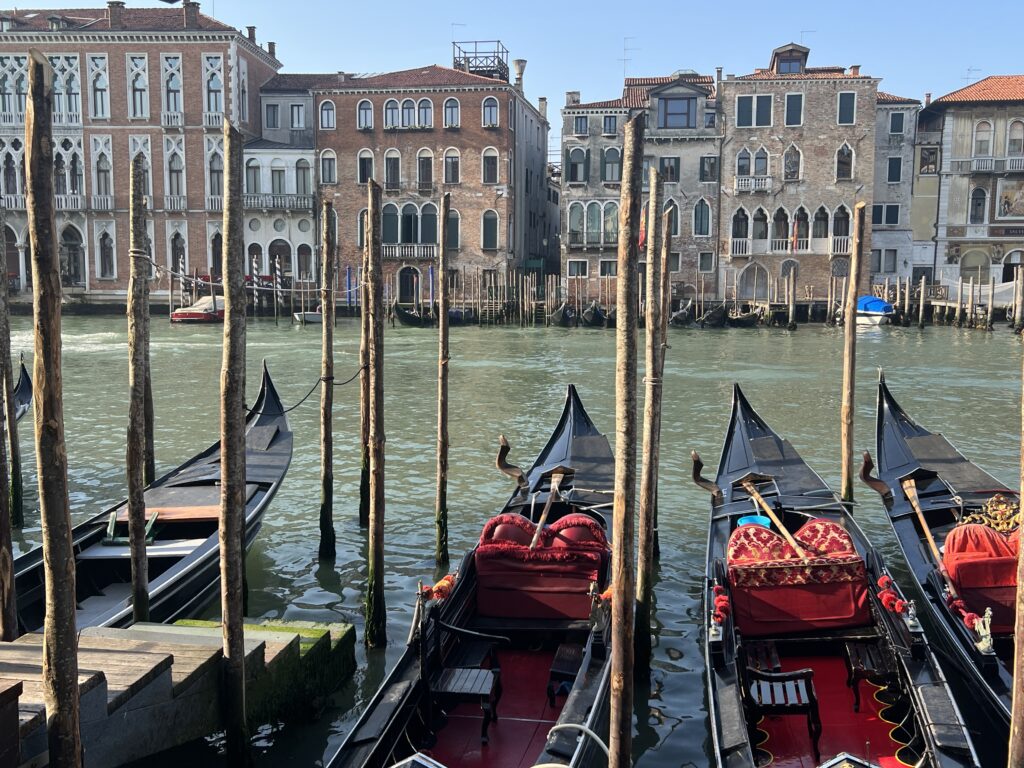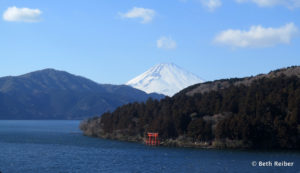I don’t know how many times I’ve returned to Kakunodate over the past 30-some years, but I’m always relieved to find it largely unchanged. Located in Akita Prefecture in Japan’s northern region of Tohoku, Kakunodate is a former samurai town that’s more intact than any other I’ve seen. That’s because while castles surrounded by mansions of samurai retainers once dominated feudal Japan, most castles were dismantled after the shogun fell from grace and samurai mansions gradually gave way to modern, Westernized cities. Kanazawa, Matsue and Kurashiki all are worth visiting for their small historic quarters (Matsue also still has its castle), but even they can’t compete with Kakunodate’s samurai district. Stroll the town’s Bukeyashiki Dori, and the only thing missing are the samurai.
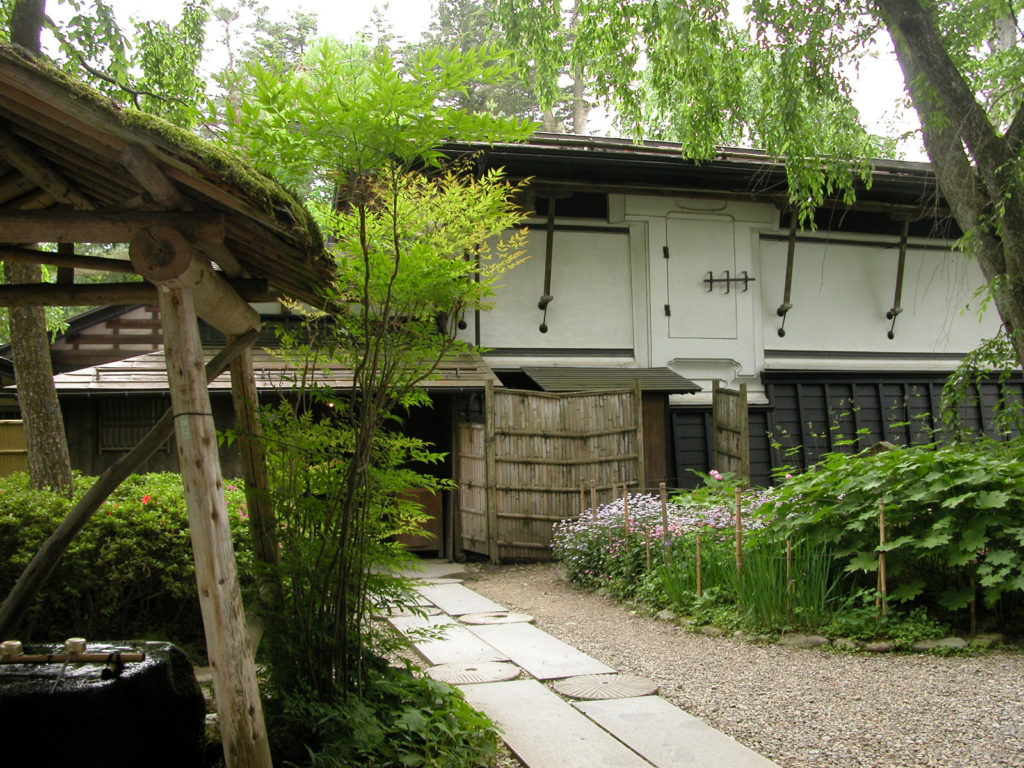
Kakunodate was founded exactly 400 years ago, in 1620 when a feudal lord selected it for its natural strategic defenses and constructed his castle here. His most trusted samurai retainers built imposing estates on both sides of Bukeyashiki Dori boulevard, hidden from public view by high dark fences overhung with weeping cherry trees. Lesser-ranked samurai built more modest homes on off streets, while merchants settled nearby in their own district in cramped quarters.
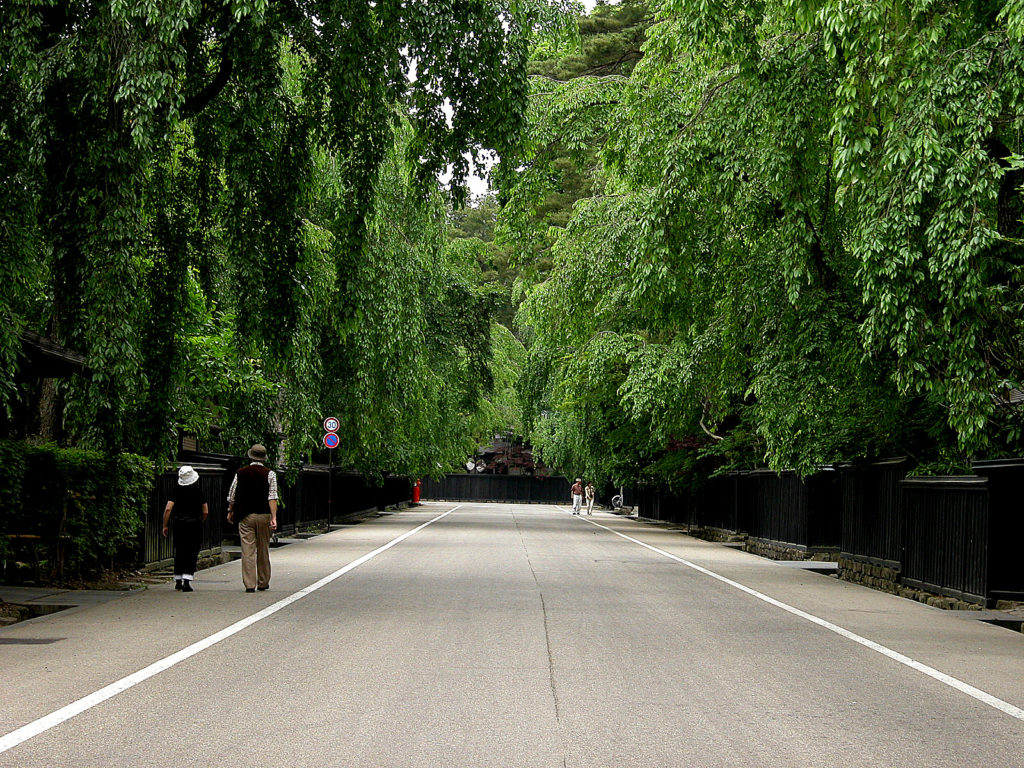
Although the castle is long gone, this feudal-era blueprint remains amazingly much as it was, with six former samurai mansions in the Kakunodate samurai district open to the public. Of these, Aoyagi Samurai Mansion Museum is the most impressive, a sprawling compound consisting of a main thatched house and various buildings now containing antiques and family heirlooms. Next door is the Ishiguro Samurai House, the oldest samurai mansion in Kakunodate and the only one still occupied by descendants of the original samurai owners.
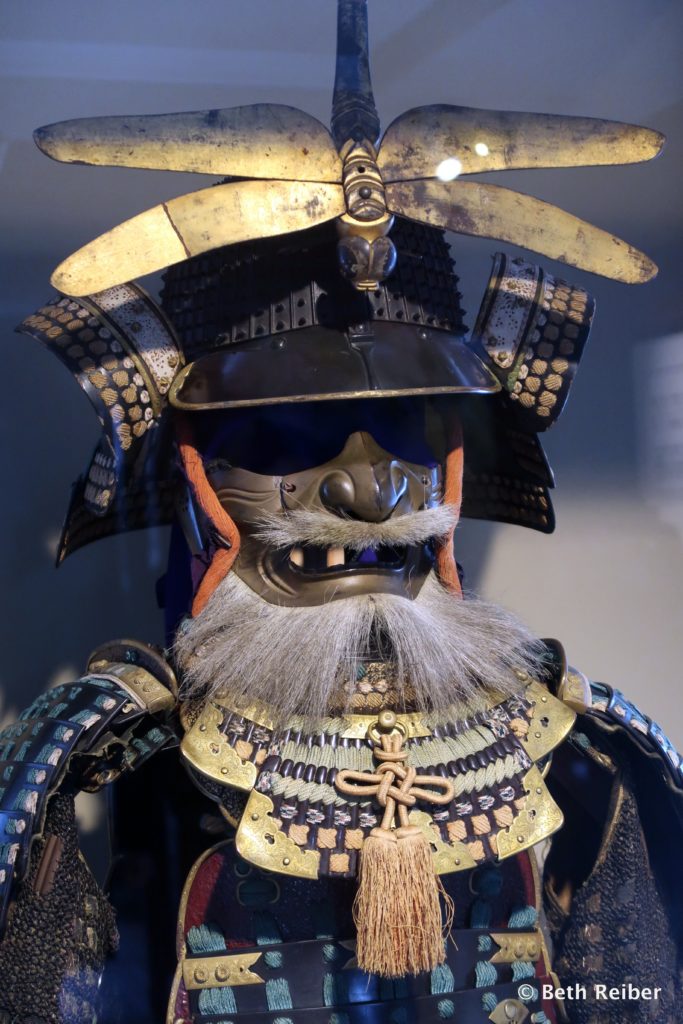
Many Kakunodate families have samurai relics that belonged to their ancestors
Mostly, I just like roaming Kakunodate’s streets and imagining what it must have looked like a few centuries ago, bustling with samurai and their families and servants while merchants hawked their wares in what is now the village’s small downtown. To sustain themselves, poorer samurai (yes, not all samurai were created equal) fashioned boxes, tea canisters and other items from the bark of cherry trees, a craft that has been carried down for generations.
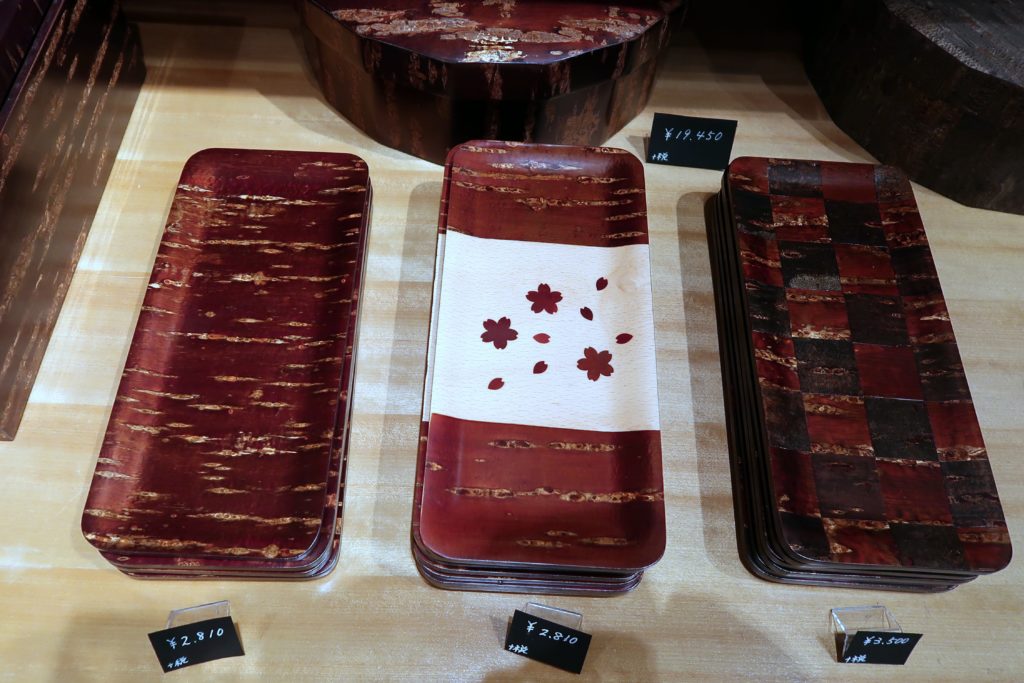
No matter the season, whether it’s winter with its heavy snowfall for which Tohoku is famous or spring heralding the blooming of cherry blossoms, the Kakunodate samurai district is worth the detour to this less traveled part of Japan. In fact, its remoteness is probably its saving grace.
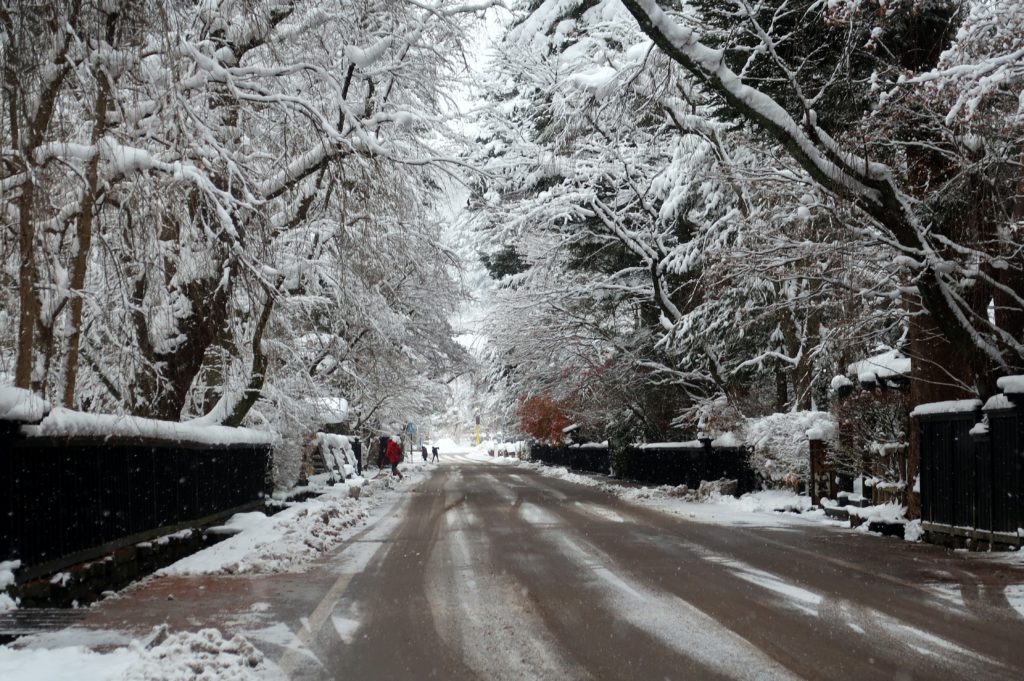
For more on Kakunodate, see my article Kakunodate: Japan’s Most Famous Castle Town, published in gonomad.com.
For more on the Tohoku region of Japan, see my articles Finding Temples, Hot Springs and Snow Monsters in Quiet Northern Japan and Japan’s Iwate Prefecture: While, White and Wonderful, both published on frommers.com. For why you should visit Fukushima Prefecture, once shunned for its 2011 nuclear disaster, see my articles Fukushima’s comeback: This Japanese destination is ready for tourists again on CNN.com/travel and Fukushima Prefecture: Go for the Sake, Stay for the Hot Springs and Samurai History published by gettingontravel.com.
And for all you lovers of Basho, see my blog Basho’s Journey to the Deep North.
